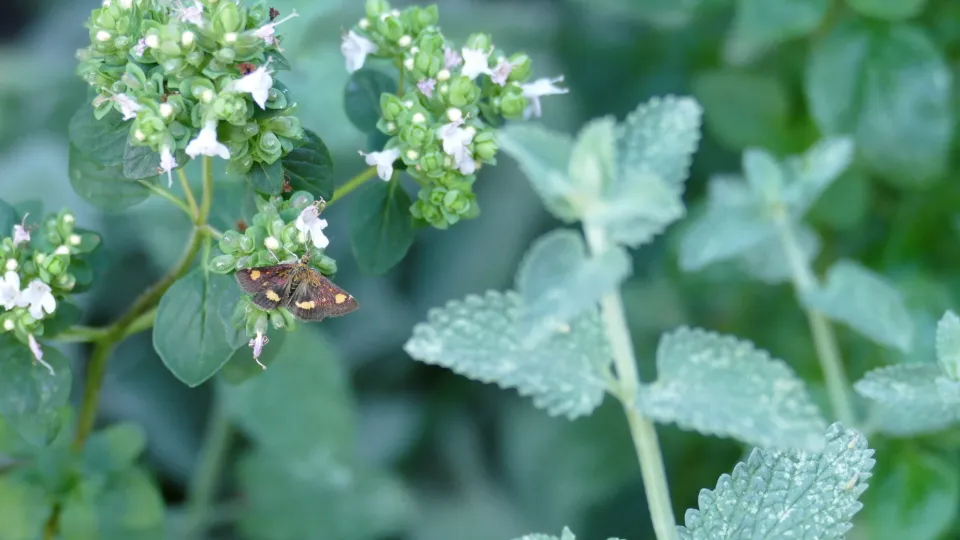
Mint moth
A small, day-flying moth that can often be seen visiting garden herbs.

A small, day-flying moth that can often be seen visiting garden herbs.
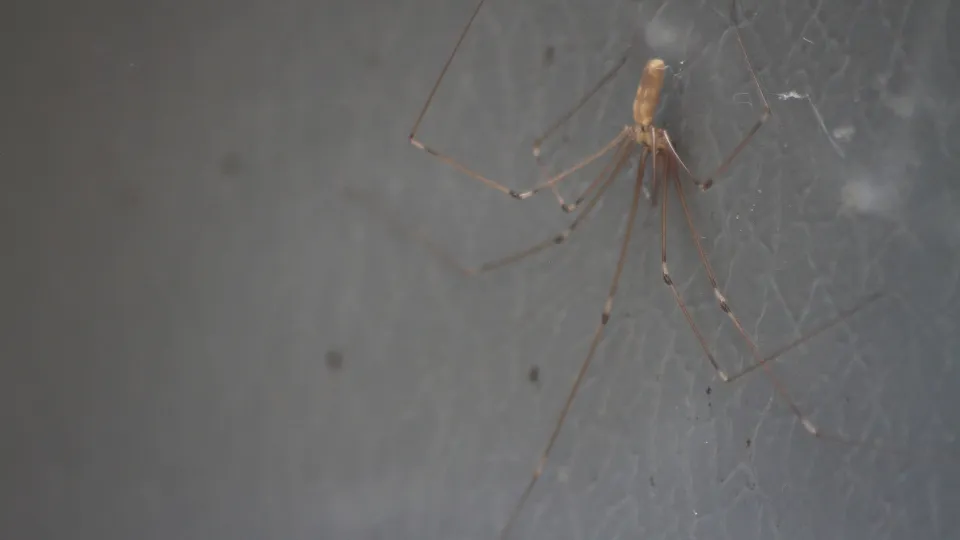
You've probably spotted this long-legged spider hiding in the corner of a house or building.
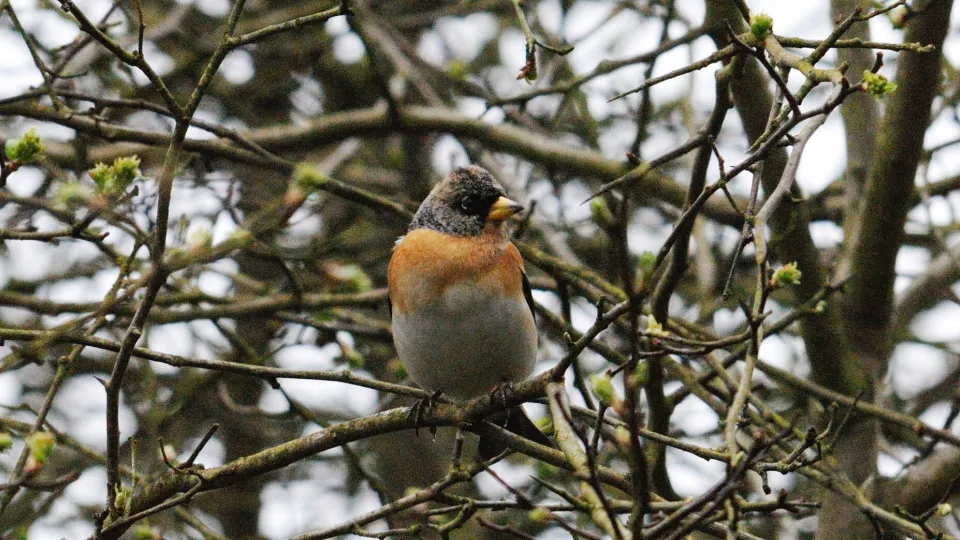
These winter visitors are close relatives of the chaffinch and can often be found in the same flocks, where their white rump and nasal calls give them away.
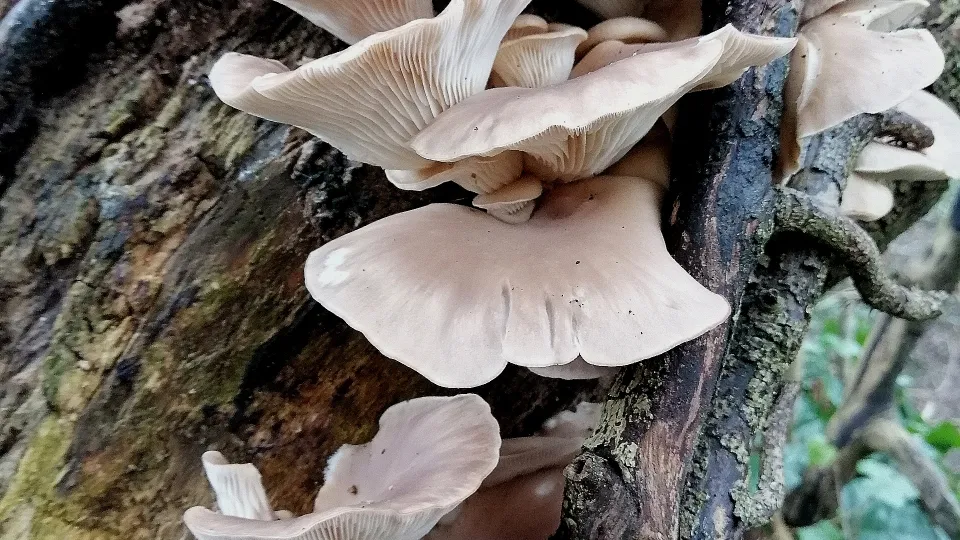
Oyster mushrooms are shell shaped fungi that grow in tiers or fabulous clusters on dead trees or stumps. Unlike many fungi, these mushrooms are not seasonal and can be found all year round, especially after a cold snap which can trigger the fungus into fruiting.
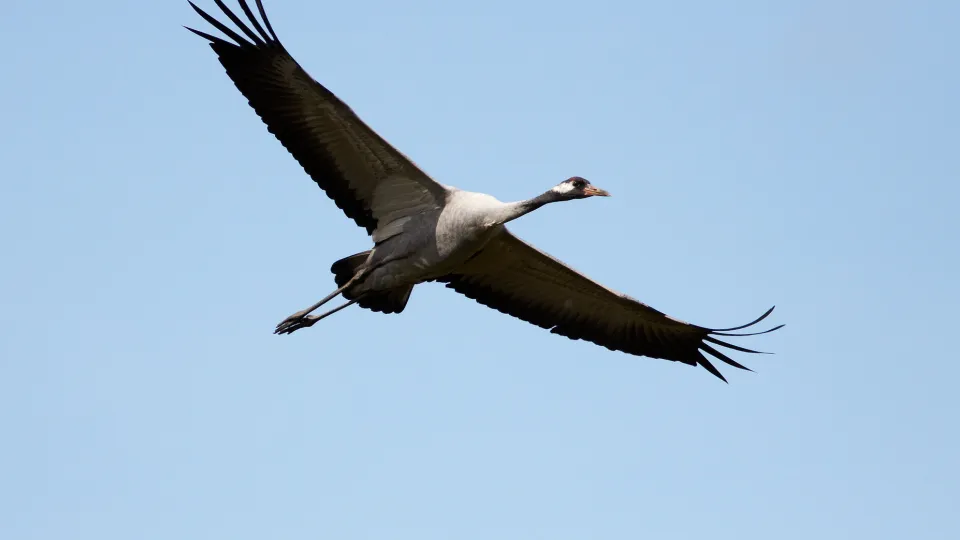
As the UK’s tallest bird the common crane is instantly recognisable with the ruffle of tail feathers and very long legs. Their bugling call is also very distinctive.
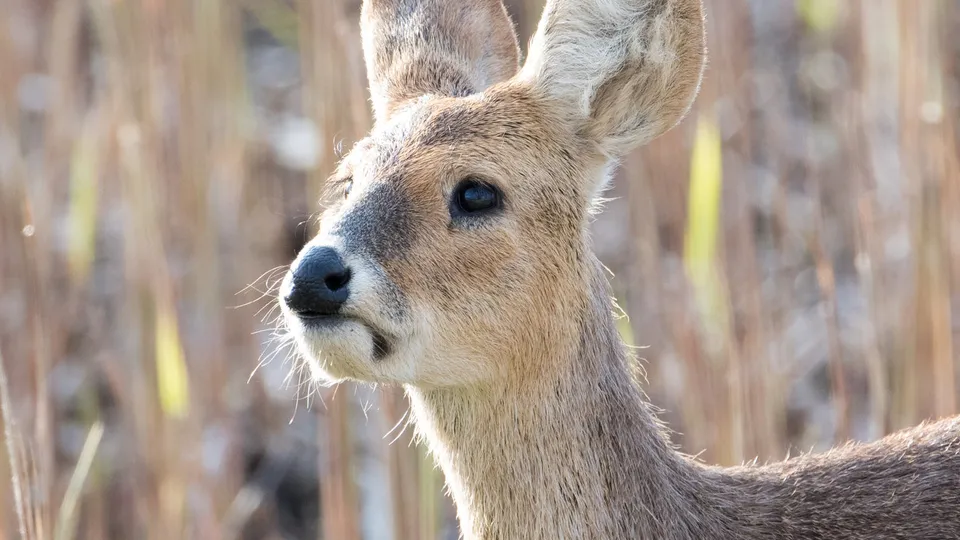
Chinese water deer are easily distinguished from other deer by their strange teddy bear like appearance and the huge canine tusks displayed by the stags.
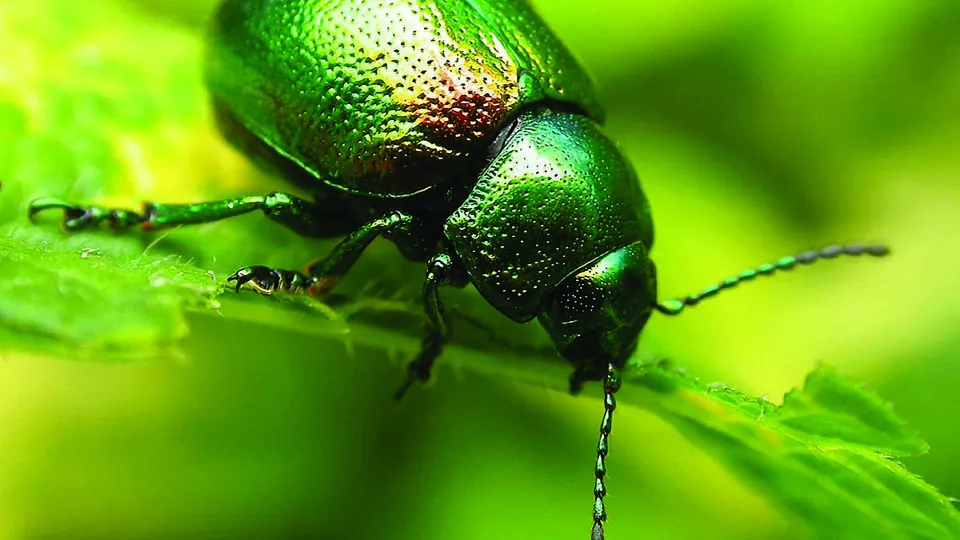
This jewel like leaf beetle is an incredibly scarce species which is only found in wetland habitats.
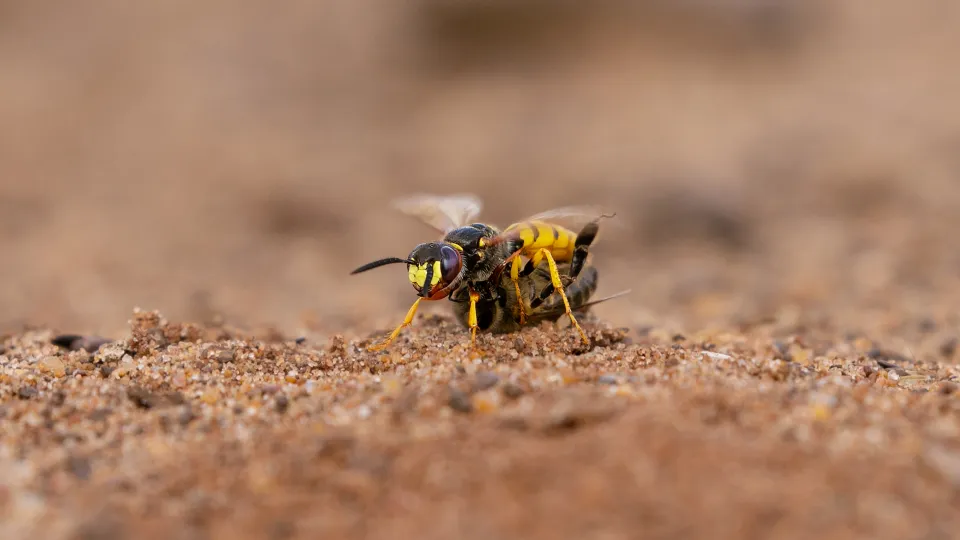
One of our largest and most impressive solitary wasps, the bee wolf digs a nest in sandy spots and hunts honey bees.
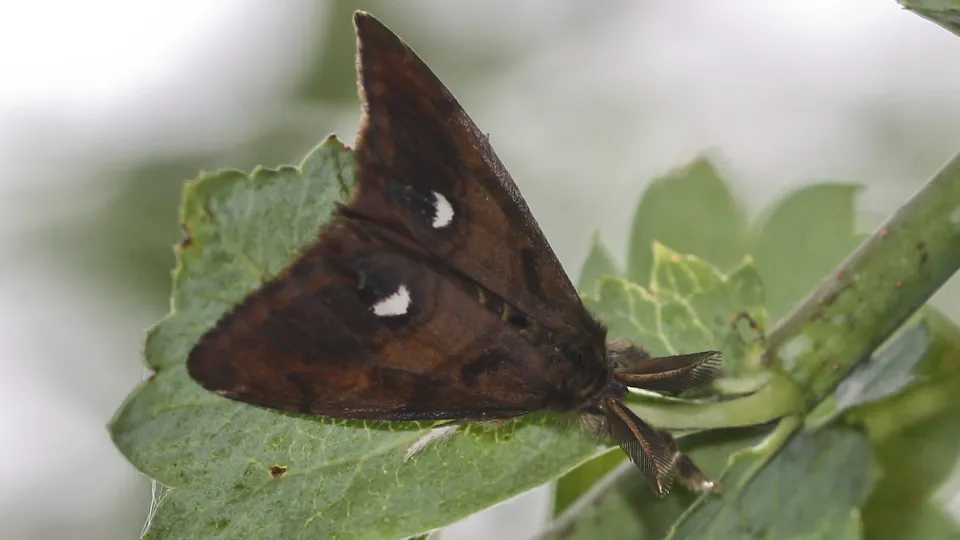
The mohawk-sporting caterpillar of this moth is often seen on shrubs and trees in late summer. As adults the orange-brown males fly by day, but the flightless females don't stray far from their cocoon.
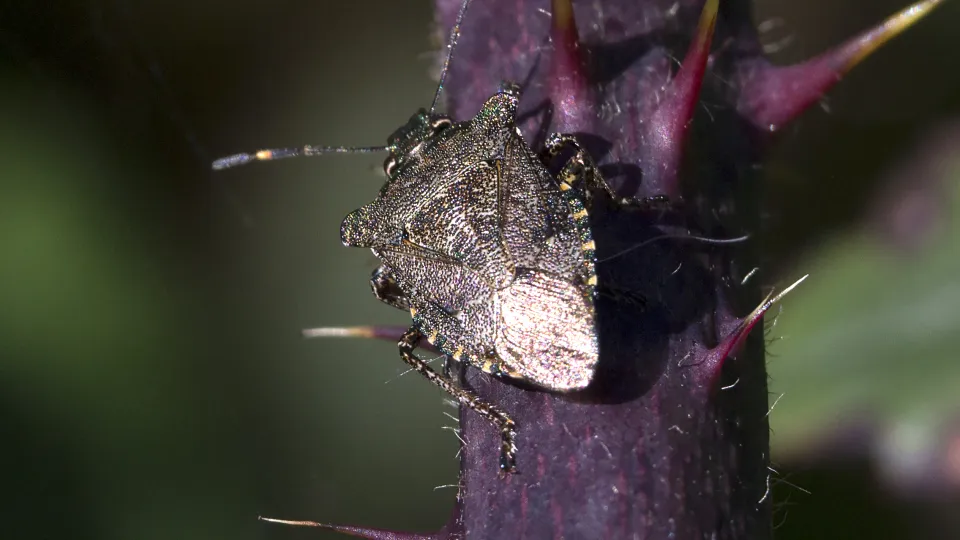
Unlike many of its relatives, this shimmering shieldbug is a predator, feasting on caterpillars and a variety of other insects.